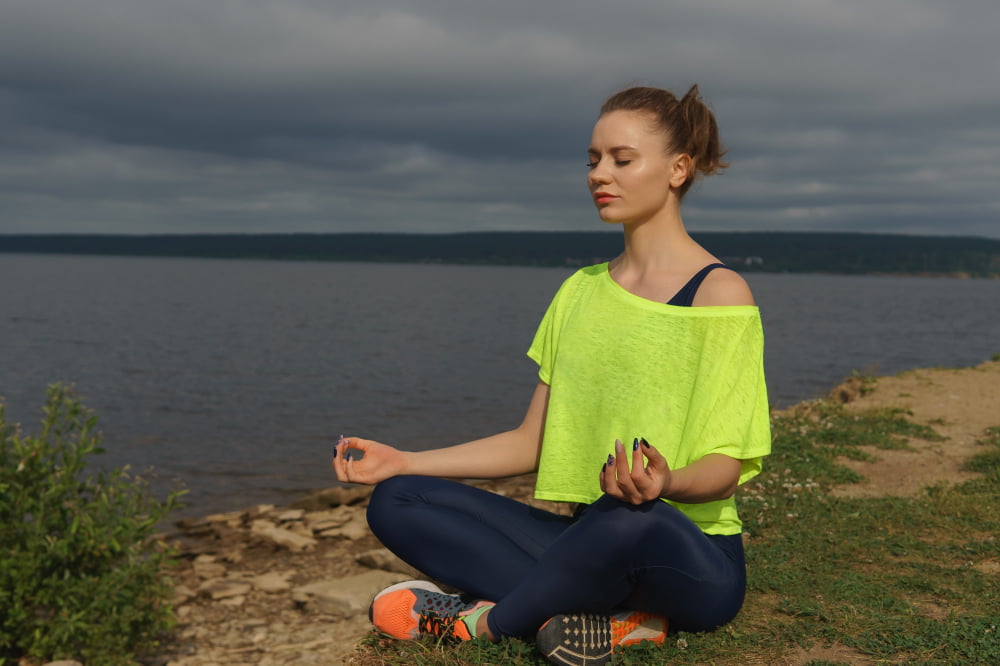Introduction
Stretching before engaging in physical activities is an essential part of any exercise routine. It helps to prepare the body for movement and can reduce the risk of injury. In this blog post, we will explore the importance of stretching before activities and provide some tips on how to stretch effectively.
The Benefits of Stretching
Stretching offers numerous benefits for both the body and the mind. Here are some of the key advantages of incorporating stretching into your pre-activity routine:
1. Improved Flexibility: Regular stretching can help to improve your flexibility and range of motion. This can enhance your performance in various physical activities, such as sports or dance.
2. Injury Prevention: Stretching before activities can help to warm up the muscles and increase blood flow to the tissues. This can reduce the risk of muscle strains, sprains, and other injuries.
3. Reduced Muscle Soreness: Stretching can help to alleviate muscle soreness and stiffness that may occur after intense physical activity. It promotes the flow of nutrients and oxygen to the muscles, aiding in their recovery.
4. Enhanced Posture: Regular stretching can improve your posture by lengthening tight muscles that may be pulling you into a slouched position. It can also help to alleviate muscle imbalances that can lead to poor posture.
5. Stress Relief: Stretching not only benefits the body but also has a positive impact on the mind. It can help to reduce stress and tension, promoting relaxation and a sense of well-being.
Effective Stretching Techniques
To maximize the benefits of stretching, it is important to use proper techniques. Here are some tips to help you stretch effectively:
1. Warm Up: Before stretching, it is crucial to warm up your body with some light aerobic exercises, such as jogging or jumping jacks. This helps to increase your body temperature and prepares your muscles for stretching.
2. Dynamic Stretching: Dynamic stretching involves moving parts of your body through a full range of motion. It helps to improve flexibility and increase blood flow to the muscles. Examples of dynamic stretches include arm circles, walking lunges, and leg swings.
3. Static Stretching: Static stretching involves holding a stretch for 15-30 seconds without bouncing or jerking. It is best done after your activity or workout when your muscles are warm. Focus on stretching the major muscle groups, such as your calves, hamstrings, quadriceps, and shoulders.
4. Breathe and Relax: While stretching, remember to breathe deeply and relax. Avoid tensing up or holding your breath, as this can hinder the effectiveness of the stretch.
5. Don’t Overdo It: Stretching should never be painful. Stretch to the point of mild tension, but not to the point of discomfort or pain. If you feel any pain, ease off the stretch immediately.
Conclusion
Incorporating stretching into your pre-activity routine is a simple yet effective way to improve your performance and reduce the risk of injury. By taking the time to warm up and stretch properly, you can enhance your flexibility, prevent muscle soreness, and promote overall well-being. So remember, before you dive into any physical activity, take a few minutes to warm up and play safe by stretching. Your body will thank you!













